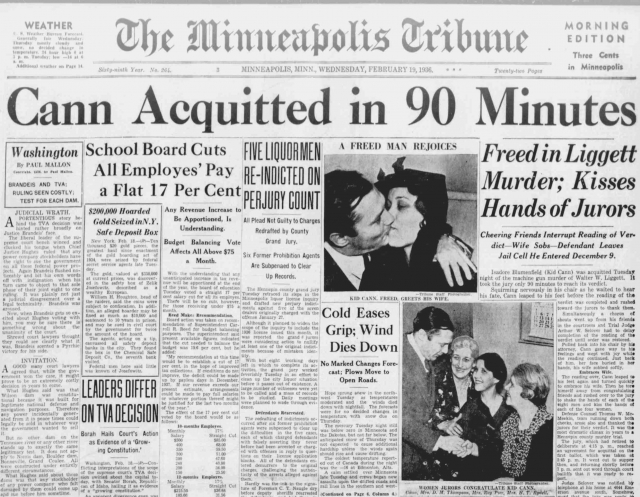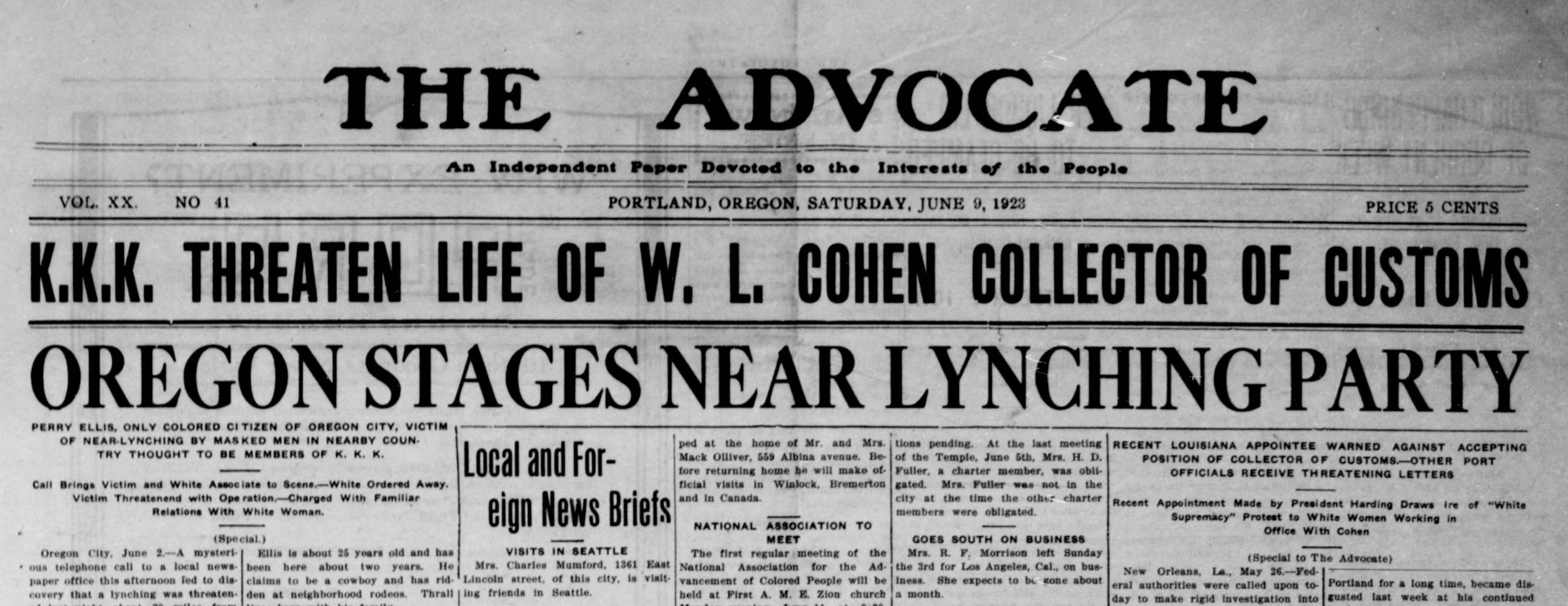Not known Factual Statements About News Articles
Not known Factual Statements About News Articles
Blog Article
All about News Articles
Table of ContentsSome Ideas on News Articles You Need To KnowThe 7-Second Trick For News ArticlesThe 30-Second Trick For News ArticlesThe Best Guide To News ArticlesFascination About News Articles
Excellent knowledge of various topics provides students an one-upmanship over their peers. Even though digital and social media sites are readily available, we must not forget exactly how important it is to read the papers. Moms and dads should try and inculcate the routine of reading a newspaper as a day-to-day regimen to continue the heritage of the revered print tool.Newspaper article also contain at least one of the complying with essential qualities relative to the desired target market: proximity, prominence, timeliness, human passion, peculiarity, or consequence. The related term journalese is sometimes made use of, generally pejoratively, to describe news-style writing. Another is headlinese. Newspapers normally stick to an expository writing design.
Within these restrictions, newspaper article additionally intend to be thorough. Various other elements are involved, some stylistic and some acquired from the media form. Among the larger and much more revered newspapers, justness and equilibrium is a major factor in offering info. Discourse is typically confined to a separate area, though each paper may have a various general angle.
Newspapers with a worldwide target market, for example, often tend to use an extra formal style of creating. News Articles.; common design overviews include the and the United States Information Style Book.
The 45-Second Trick For News Articles
As a policy, reporters will certainly not utilize a long word when a short one will do. They utilize subject-verb-object building and brilliant, active prose (see Grammar). They use narratives, instances and metaphors, and they seldom depend upon generalizations or abstract ideas. News writers try to avoid using the same word much more than once in a paragraph (occasionally called an "echo" or "word mirror").
Nevertheless, headlines in some cases omit the subject (e.g., "Jumps From Boat, Catches in Wheel") or verb (e.g., "Pet cat female lucky"). A subhead (also subhed, sub-headline, subheading, caption, deck or dek) can be either a secondary title under the main heading, or the heading of a subsection of the post. It is a heading that precedes the major text, or a team of paragraphs of the main message.

Additional signboards of any of these types may show up later in the write-up (particularly on succeeding pages) to tempt additional reading. Such signboards are additionally made use of as guidelines to the short article in various other sections of the publication or website, or as advertisements for the piece in various other magazine or websites. Typical structure with title, lead paragraph (recap in bold), other paragraphs (information) and call information.

Instance YOURURL.com of a hard-lead paragraph NASA is proposing one more space job. The budget demands approximately $10 billion for the job.
The NASA announcement came as the firm requested $10 billion of appropriations for the job. An "off-lead" is the second crucial front page information of the day. The off-lead shows up either in the leading left corner, or directly below the lead on the. To "hide the lead" is to start the short article with background details or details of additional significance to the viewers, forcing them to learn more deeply into a write-up than they ought to need to in order to uncover the necessary points.
The 8-Minute Rule for News Articles
Usual use is that a person or 2 sentences each develop their very own paragraph. Journalists typically explain the organization or structure of a newspaper article as an upside down pyramid. The important and most fascinating elements of a story are placed at the start, with sustaining info following in order of decreasing significance.
It allows individuals to discover a topic to only the depth that their inquisitiveness takes them, and without the charge of information or nuances that they could think about pointless, however still making that info readily available to a lot more interested visitors. The inverted pyramid structure additionally makes it possible for short articles to be cut to any type of arbitrary size during format, to suit the space readily available.
Some authors start their tales with the "1-2-3 lead", yet there are lots of kinds of lead readily available. This style invariably begins with a "Five Ws" opening up paragraph (as explained above), adhered to by an indirect quote that serves to sustain a major click for more info element of the very first paragraph, and then a direct quote to sustain the indirect quote. [] A kicker can describe multiple points: The last story in the information broadcast; a "satisfied" story to finish the show.
Longer articles, such as publication cover posts and the pieces that lead the within areas of a newspaper, are called. Feature tales vary from straight news in numerous ways. Foremost is the absence of a straight-news lead, many of the time. As opposed to offering the essence of a tale up front, feature writers might try to entice viewers this content in.
News Articles Fundamentals Explained
A function's very first paragraphs typically associate an interesting moment or occasion, as in an "unscientific lead". From the particulars of a person or episode, its sight swiftly expands to abstract principles regarding the tale's topic.

The Editor's Tool kit: A Referral Guide for Beginners and Professionals (2001) Allan M. Siegal and William G. Connolly. The New York Times Handbook of Design and Usage: The Official Style Overview Made Use Of by the Writers and Editors of the World's Most Reliable Paper (2002) M. L. Stein, Susan Paterno, and R.
Report this page